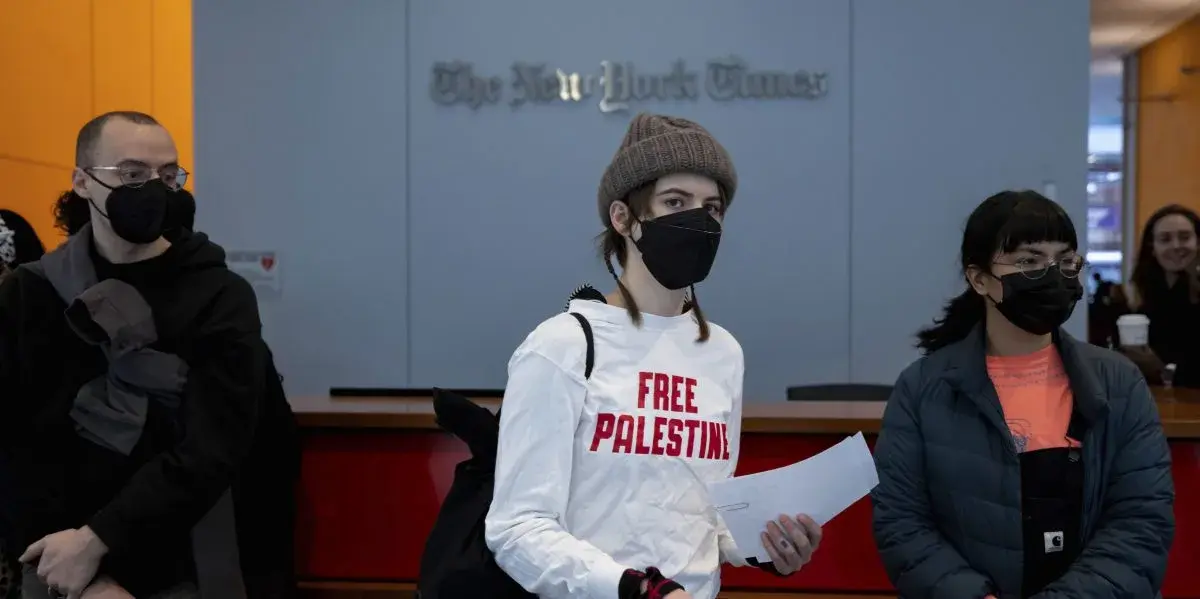The New York Times instructed journalists covering Israel’s war on the Gaza Strip to restrict the use of the terms “genocide” and “ethnic cleansing” and to “avoid” using the phrase “occupied territory” when describing Palestinian land, according to a copy of an internal memo obtained by The Intercept.
The memo also instructs reporters not to use the word Palestine “except in very rare cases” and to steer clear of the term “refugee camps” to describe areas of Gaza historically settled by displaced Palestinians expelled from other parts of Palestine during previous Israeli–Arab wars. The areas are recognized by the United Nations as refugee camps and house hundreds of thousands of registered refugees.
The memo — written by Times standards editor Susan Wessling, international editor Philip Pan, and their deputies — “offers guidance about some terms and other issues we have grappled with since the start of the conflict in October.”



A style guide is a general guidance regarding grammar, style, common journalistic practice. This refers to a single topic, and it is clearly biased towards the Israeli government’s view.
For example (and as the article reads), the memo instructs
but the very same areas
Can’t they cite the UN now?
I’m sorry, but this is a first step towards the principle of free journalism and towards autocratic systems. That’s not good practice imo.
All of that can absolutely be to reduce bias; there doesn’t have to be some sinister motive. FWIW, the publication issuing these criticisms is heavily left-biased. Essentially, The Intercept is criticizing another publication for not putting enough bias into their reporting. I would consider that to not be good practice.
One of the main way biases are determined is by what words are chosen to describe a particular situation. From MBFC: “They [publications] may utilize strong loaded words (wording that attempts to influence an audience by using an appeal to emotion or stereotypes),”
All the memo is doing is setting the tone to keep from introducing strong biases. Again, no sinister motive and just sticking to the facts instead of appealing to emotion.
I’m sure they absolutely can if quoting someone from there; no need to jump to conclusions. Style guides are meant to reduce the amount of author / publication bias or otherwise provide a consistent tone among different authors under a particular publication.
Again, I have not seen this particular memo in whole (just the parts that this article cherry picks to make their own point), but I’m aware such guidelines exist and are common.